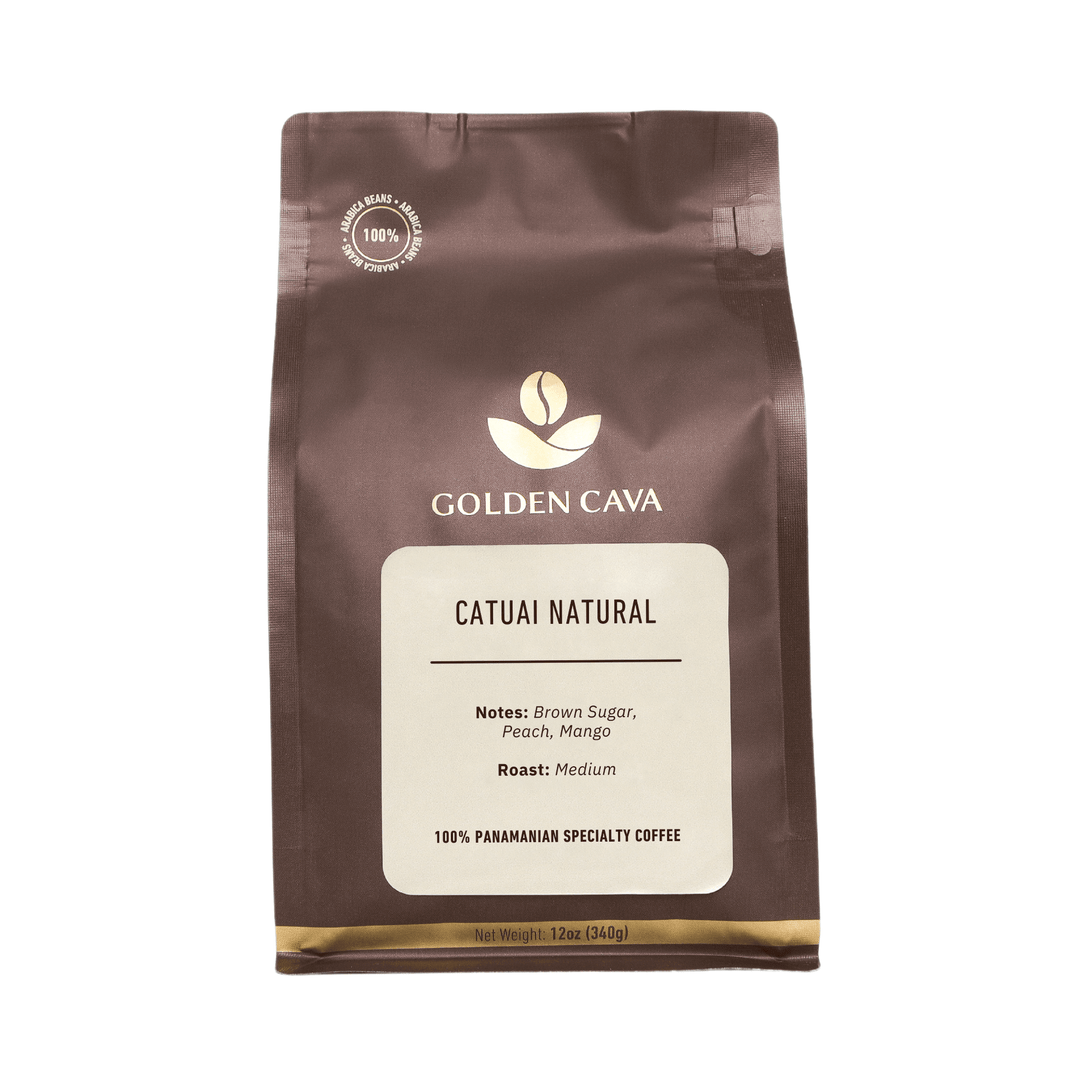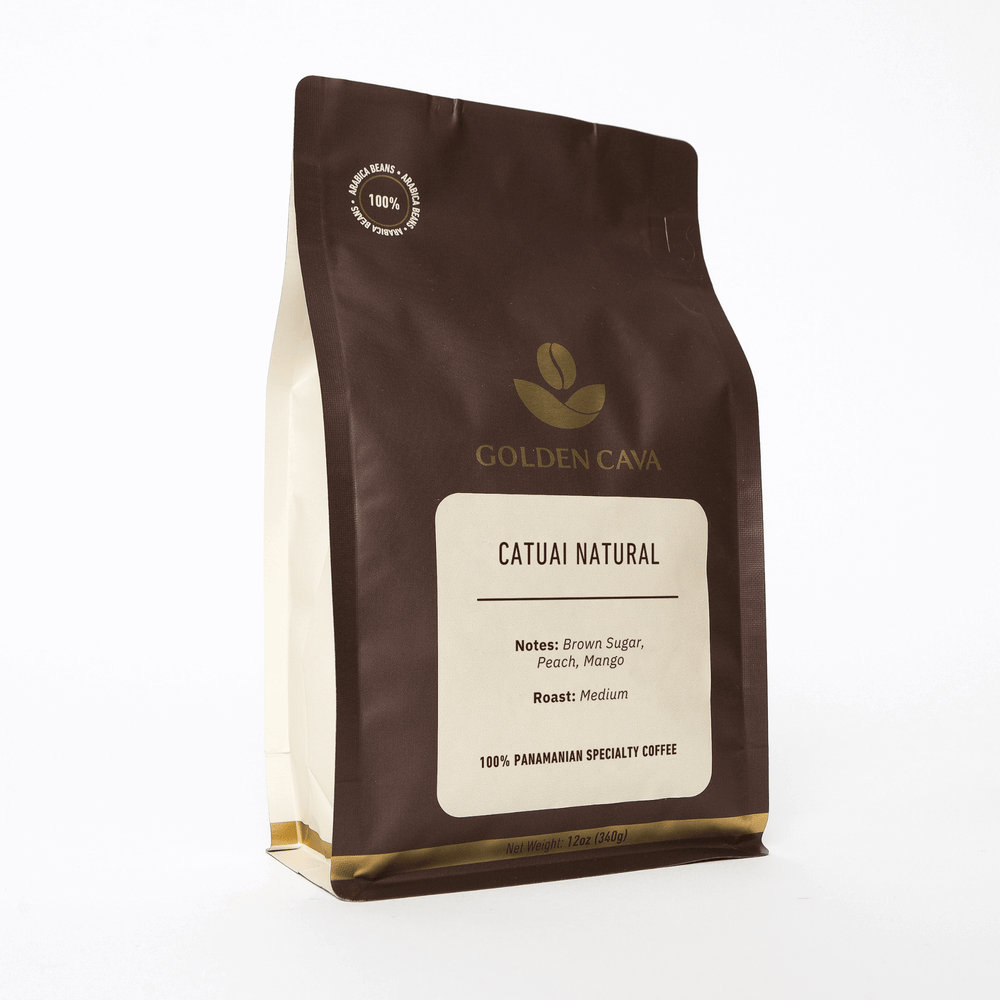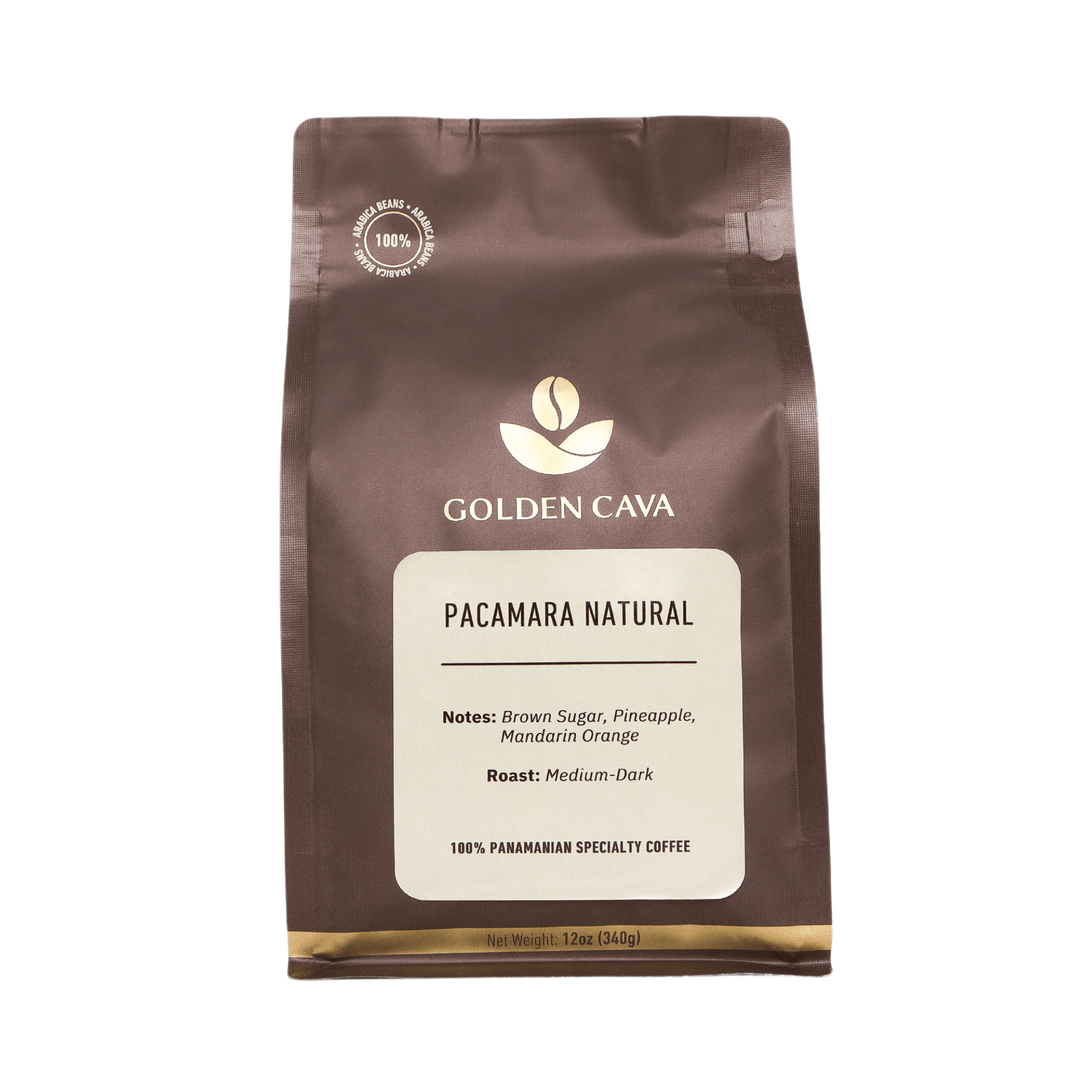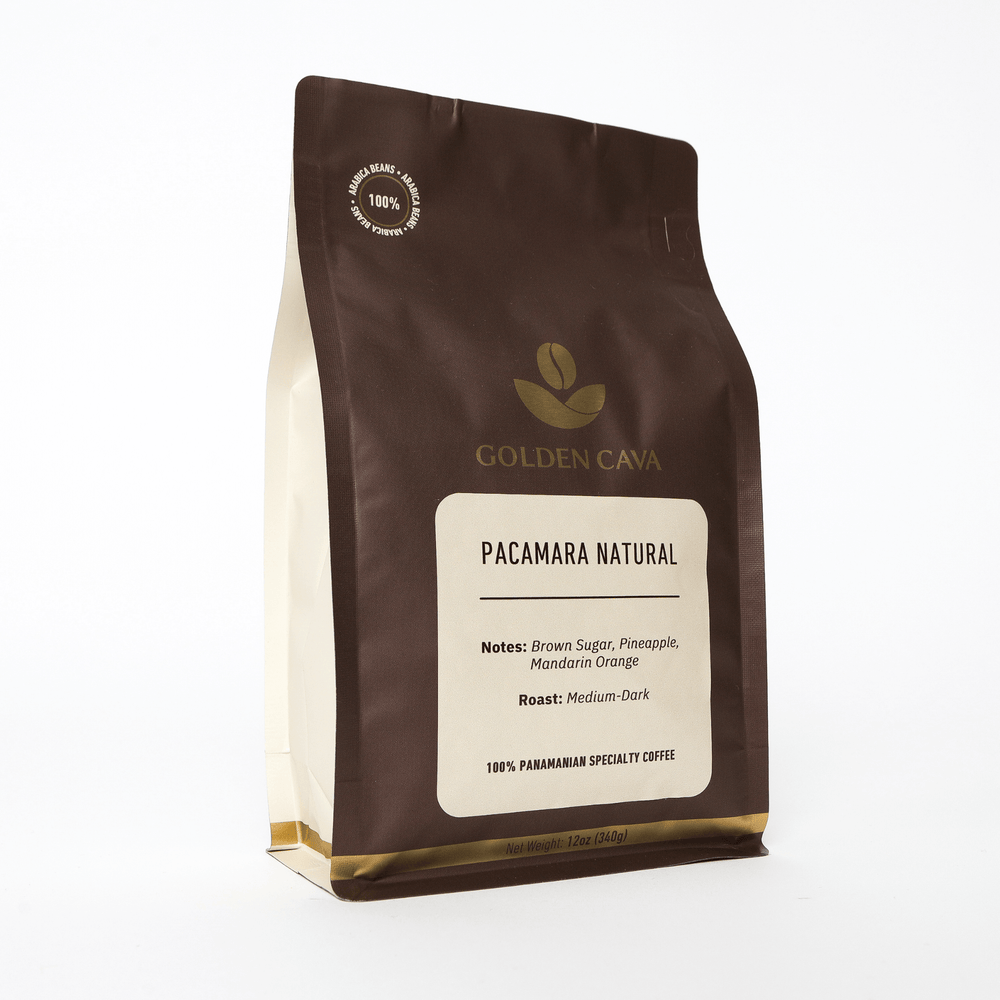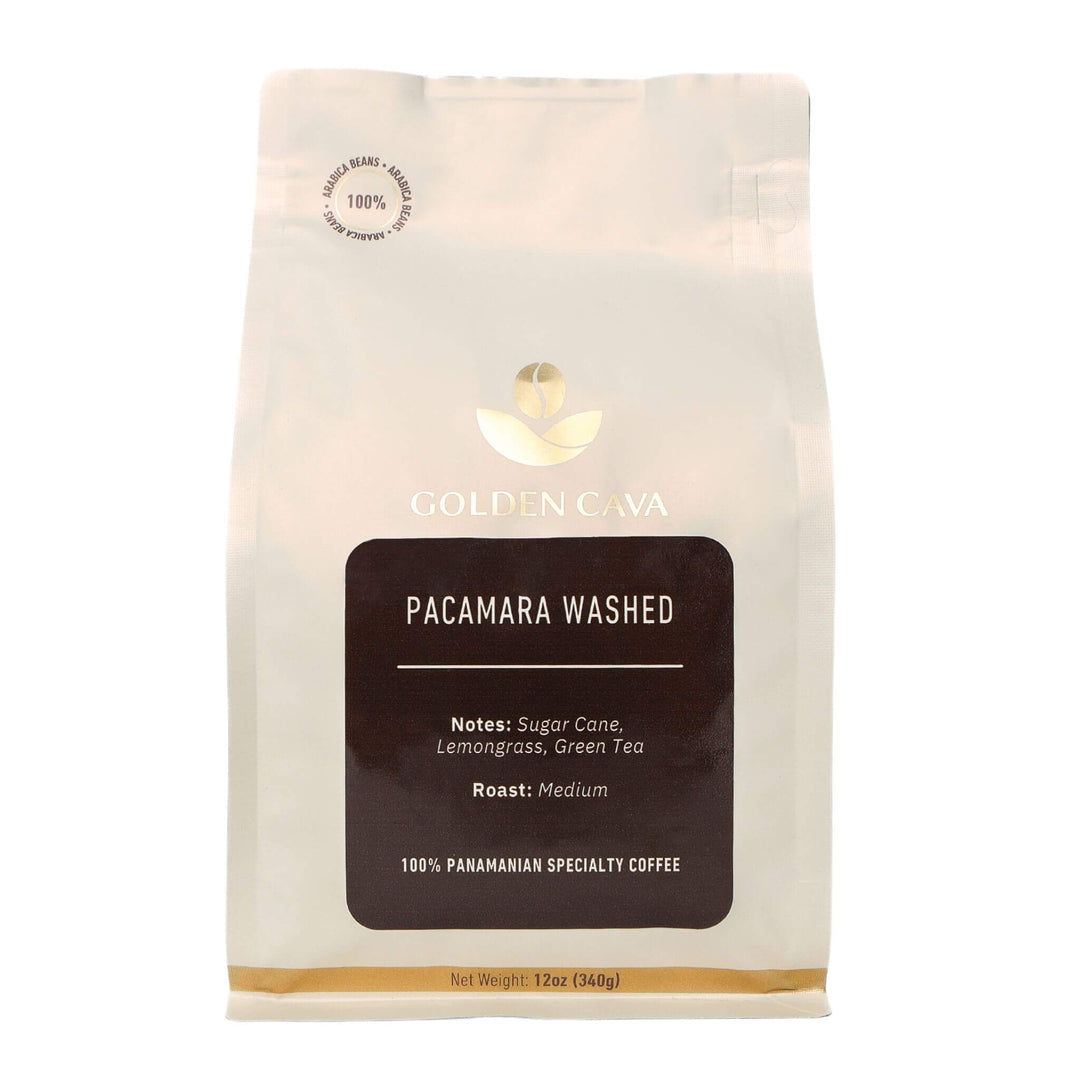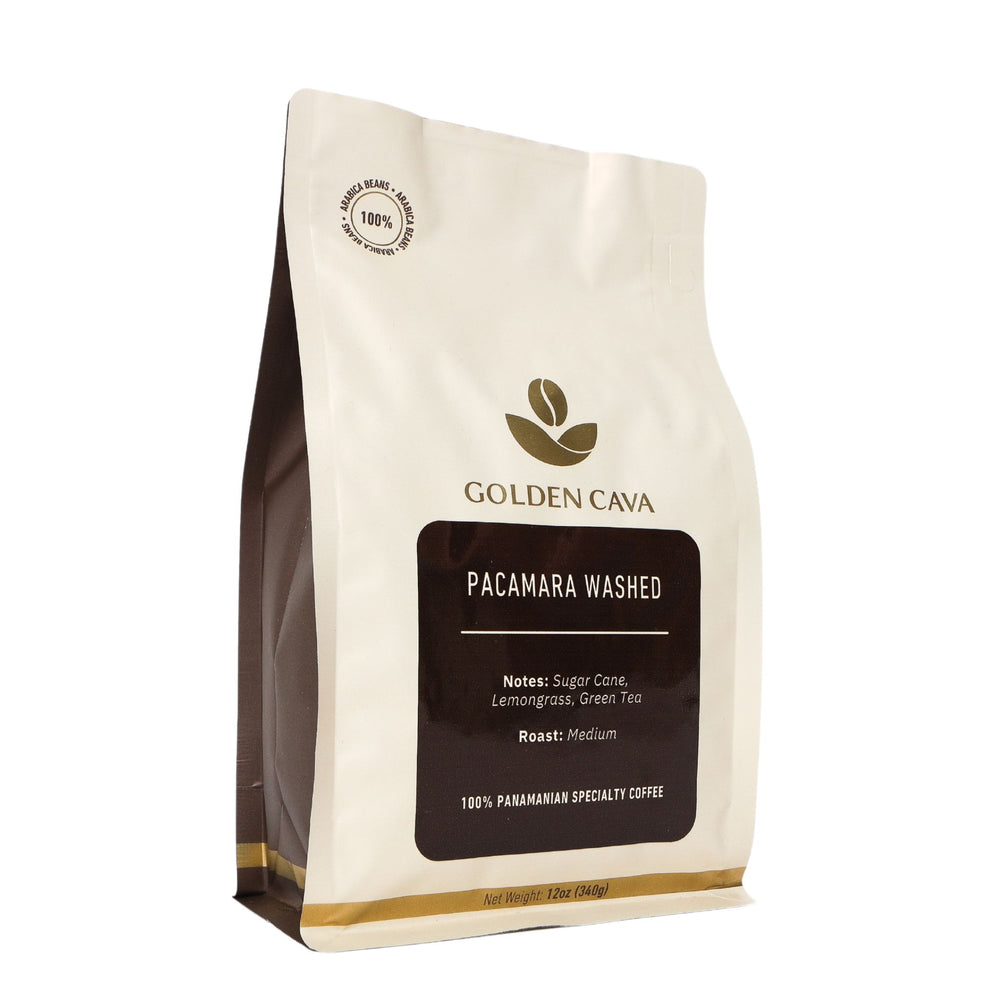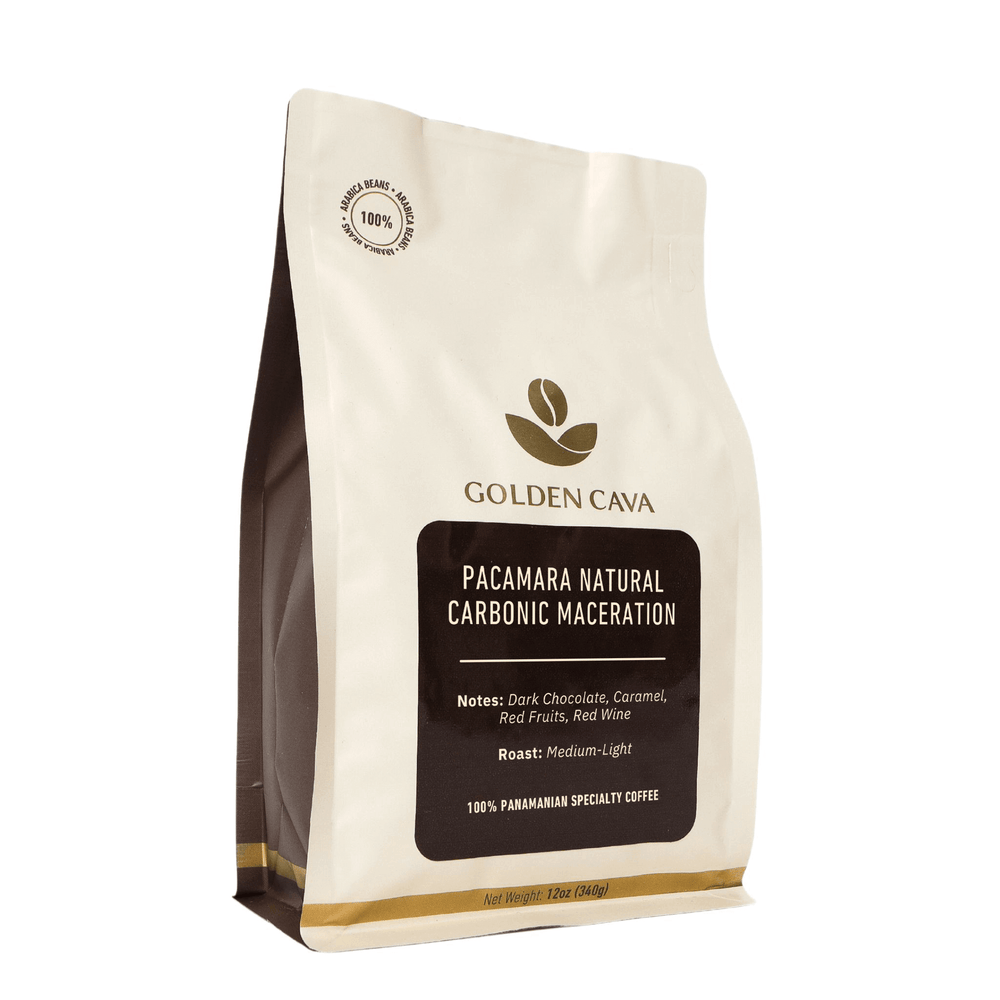Exploring the calorie content of your daily cup of coffee is essential, as it can vary significantly depending on the type of coffee and any additional ingredients. How many calories in a cup of coffee you wonder? Well our journey begins with a look at the calorie content of the most basic form of coffee.
From there, we'll look more into the realm of common coffee shop beverages, dissecting how ingredients like milk and sugar can impact your daily caloric intake. We'll also provide practical tips for those seeking lower-calorie alternatives that don't compromise on taste. And as a bonus, we'll explore some of the benefits associated with choosing lower-calorie coffee options.
By gaining insight into how many calories in a cup of coffee and making informed choices when ordering or brewing, you can savor each guilt-free sip while keeping a handle on your daily caloric consumption.
Table Of Contents:
- 1. Understand the Calorie Content of Coffee
- Calories in Black Coffee
- Factors That Affect Calorie Count
- Making Healthier Choices with Your Daily Cup
- 2. Types of Coffee and Their Calorie Counts
- 3. The Impact of Milk and Sugar on Calories in Coffee
- 4. Alternatives to Traditional Coffee Drinks
- 5. Benefits of Low-Calorie Coffee Drinks
- Frequently Asked Questions How Many Calories in a Cup of Coffee
- What Coffee Will You Choose?
1. Understand the Calorie Content of Coffee
If you're a coffee enthusiast, your daily brew is likely an integral part of your life. Ever wonder how many calories are in that cup of coffee you love? The answer might surprise you.
Calories in Black Coffee
The good news for black coffee drinkers is that plain brewed coffee contains almost no calories at all. A standard 8-ounce (240 ml) cup typically has only two calories. These minimal calories come from trace amounts of protein and other organic compounds in the beans.
Factors That Affect Calorie Count
- Type: Different types of beans can slightly affect calorie count due to variations in oil content or the roasting process.
- Brewing method: Brewing methods like French press or espresso may produce higher-calorie beverages than drip brewing because they extract more oil from the beans.
- Serving size: Larger serving sizes will naturally contain more calories than smaller ones, so consider portion control when pouring yourself a cup.
In general, though, these factors contribute minimally to overall calorie count, so if it's just black coffee you're drinking, there's not much cause for concern regarding caloric intake.
Making Healthier Choices with Your Daily Cup
To maintain low-calorie consumption while enjoying your favorite caffeinated beverage, consider these tips:
- Stick to black coffee: As mentioned earlier, plain brewed coffee contains minimal calories. You can keep your calorie count low by avoiding added ingredients like milk or sugar.
- Choose a smaller size: Opting for a smaller cup of coffee will help reduce the number of calories consumed, especially if you add extras like cream or sweeteners.
- Savor the flavor: If you're accustomed to masking the taste of your coffee with sugar syrups and whipped cream, try exploring different types of beans and brewing methods that highlight their unique flavors instead. You might find that quality beans produce such delicious results; there's no need for high-calorie additives.
In summary, understanding how many calories are in a cup of coffee is essential when making healthier choices about your daily caffeine fix. Now, let's look at the different types of coffee and their respective calorie counts.

2. Types of Coffee and Their Calorie Counts
Different coffee drinks can vary greatly in terms of calorie content. The type of coffee you choose can significantly impact the number of calories you consume. Let's explore some popular types of coffee and their respective calorie counts:
Black Coffee
Black coffee, which is simply brewed coffee without any added milk or sugar, has virtually no calories. Also known as plain coffee, a standard 8-ounce cup contains only about 2 calories, making it an excellent choice for those watching their caloric intake.
Americano
An Americano consists of a shot (or two) of espresso diluted with hot water, resulting in a similar taste to black coffee but with a slightly different flavor profile due to the brewing method. Like black coffee, an Americano is very low in calories - around 5-10 per serving.
Cappuccino & Latte
The addition of steamed milk increases the calorie count in both cappuccinos and lattes compared to plain black coffees or americanos. An average cappuccino or latte made with whole milk contains approximately 120-150 calories per 8-ounce serving; however, this number can be reduced by opting for skimmed or plant-based milks instead.
- Cappuccino: About 120 calories (whole milk), 90 calories (skimmed milk)
- Latte: About 150 calories (whole milk), 100 calories (skimmed milk)
Mocha
A mocha is a chocolate-flavored coffee drink made with espresso, steamed milk, and cocoa powder or chocolate syrup. The added sweetness comes at a cost in terms of calorie content - an average mocha contains around 250-290 calories per serving.
Frappuccino & Iced Coffee Drinks
Frozen and blended coffee drinks like the popular Starbucks Frappuccino can pack quite a caloric punch due to their high sugar content and additional toppings such as whipped cream. Calorie counts for these beverages can range from about 200 to over 500 depending on size, ingredients, and customization options.
The Verdict?
In summary, black coffee or Americano are the best choices if you're looking to minimize your calorie intake while still enjoying a caffeine boost. However, by making mindful choices regarding added sugars and milk in other types of coffee drinks like cappuccinos or lattes, you can still enjoy these beverages without consuming excessive amounts of calories.

3. The Impact of Milk and Sugar on Calories in Coffee
While coffee in its natural form contains few calories, adding milk or sugar can drastically raise the amount of energy found in your beverage. Understanding these additions' impact on your coffee's nutritional value will help you prepare coffee and make healthier choices without sacrificing flavor.
Milk: A Calorie Booster?
Different types of milk contain varying amounts of calories and fat content. For example, whole milk has more calories than skimmed or almond milk. Here's a quick comparison:
- Whole Milk: Approximately 19 calories per tablespoon (15ml)
- Semi-Skimmed Milk: Around 13 calories per tablespoon (15ml)
- Skimmed Milk: Roughly 10 calories per tablespoon (15ml)
- Almond Milk: About 4-6 calories per tablespoon (15ml)
To reduce the number of added calories from milk, consider switching to lower-fat options like skimmed or plant-based alternatives such as almond or soy milk.
The Sweet Truth about Sugar
Sugar is another major contributor to increased calorie counts in coffee drinks. One teaspoon (4g) of granulated sugar contains approximately 16 kcal; therefore, if you add two teaspoons to your cuppa joe, that is an extra 32 kcal. To reduce excess sugar consumption while enjoying a sweet taste, consider natural sweeteners.
Beware Of Syrups And Whipped Cream.
Flavored syrups and whipped cream can also significantly increase the calorie content of your coffee. A single pump (10ml) of flavored syrup contains around 20 calories, while a dollop of whipped cream adds approximately 51 kcal per tablespoon (15g).
If you're looking to indulge without going overboard on calories, try adding just a small amount or opting for sugar-free versions.
Reducing Calories Without Compromising Taste
Finding ways to enjoy your coffee with fewer added calories doesn't mean you have to sacrifice taste. Here are some tips:
- Choose Low-Calorie Milk Alternatives: Opt for skimmed milk or plant-based options like almond or soy milk.
- Sweeten Wisely: Use natural sweeteners such as stevia or honey instead of granulated sugar.
- Cut Back On Syrups And Whipped Cream: Limit the use of these high-calorie additions by using smaller amounts or choosing sugar-free alternatives.
Making these simple adjustments will help you reduce the calorie count in your daily cup(s) of coffee without compromising flavor. Remember that moderation is key when it comes to enjoying delicious yet healthy caffeinated beverages.

4. Alternatives to Traditional Coffee Drinks
For those looking to enjoy a caffeine kick without additional calories, various coffee drink alternatives can be incorporated into one's daily routine with interesting flavors and textures. These options provide unique flavors and textures, making them an exciting addition to your daily routine.
Cold Brew Coffee
Cold brew coffee is made by steeping coarsely ground coffee beans in cold water for an extended period of time (usually 12-24 hours). This process results in a smooth, less acidic taste compared to traditional hot brewed coffee. Cold brew typically contains fewer calories than regular iced or hot coffee because it doesn't require added milk or sugar to balance out its flavor profile.
Americano
An Americano is another low-calorie option that consists of espresso shots diluted with hot water. It has a similar strength and taste as drip coffee but fewer calories since it doesn't contain milk or creamer. For a milder flavor, simply add more H2O; if you're after something stronger, decrease the water.
Matcha Latte
If you're open to trying something other than traditional black coffee beverages, consider giving matcha lattes a try. Made from finely ground green tea leaves whisked into steamed milk (or dairy-free alternatives), these vibrant green drinks offer numerous health benefits due to their high antioxidant content.
A matcha latte can be a lower-calorie alternative to coffee drinks if you opt for unsweetened versions and use skim or plant-based milk.
Black Coffee with Flavorful Add-Ins
If you still want the taste of your favorite coffee drink without all the added calories, consider adding low-calorie flavorings like cinnamon, nutmeg, or vanilla extract. These natural ingredients can enhance the taste of a plain coffee while keeping it low in calories.
Additionally, using zero-calorie sweeteners such as stevia or erythritol instead of sugar can help reduce calorie intake without sacrificing sweetness. Investigating other choices to regular calorie-laden coffee drinks can give you a chance to experience different flavors while making healthier decisions that promote your general health.
There are plenty of alternatives to traditional coffee drinks for those looking to reduce their calorie intake. From icy lattes with low-fat milk to cold brews using natural sweeteners like honey or agave, these lighter options can give you a boost without the extra calories.

5. Benefits of Low-Calorie Coffee Drinks
Drinking low-calorie coffee drinks can provide numerous health benefits, especially for those who are conscious about their daily calorie intake or looking to lose weight. Some of the key advantages include improved energy levels, better digestion, and even potential weight loss.
A. Improved Energy Levels
Low-calorie coffee options such as black coffee, cold brews, or matcha lattes contain caffeine that boosts your energy levels without adding unnecessary calories from milk and sugar.
Consuming caffeine from low-calorie coffee beverages such as black, cold brews, or matcha lattes can provide energizing benefits without extra calories from milk and sugar for a more balanced diet.
B. Better Digestion
Certain low-calorie alternatives like black coffee have been found to aid in digestion by promoting gut motility and reducing constipation issues (source). Additionally, opting for dairy-free milk substitutes such as almond or soy milk can help those with lactose intolerance enjoy their favorite caffeinated beverages without digestive discomfort.
C. Weight Loss Support
- Fewer Calories: By choosing low-calorie coffee drinks over traditional high-calorie options like mochas or frappuccinos, you reduce your overall calorie consumption, which may contribute to weight loss when combined with a balanced diet and regular exercise routine.
- Increase Metabolism: Caffeine has been shown to increase metabolism slightly (source), which could support weight management efforts when consumed in moderation within a healthy lifestyle plan.
- Appetite Suppression: Some studies suggest that caffeine may have a mild appetite-suppressing effect (source). Drinking low-calorie coffee drinks could help curb your hunger and prevent overeating throughout the day.
Incorporating lower-calorie java selections into your daily regimen could bring about numerous health advantages, making it an excellent option for those wanting to sustain or enhance their overall well-being.
By understanding the calorie content of various coffee types and exploring healthier alternatives, you can enjoy your favorite caffeinated beverages without compromising on taste or nutrition.
Frequently Asked Questions How Many Calories in a Cup of Coffee
How many calories are in a cup of coffee?
A standard 8-ounce (240 ml) cup of black coffee contains approximately 2 calories, which mainly come from trace amounts of protein and carbohydrates. The calorie count can vary depending on the brewing method and type of bean used.
How many calories is a cup of coffee with Milk and sugar?
An 8-ounce (240 ml) cup of coffee with one tablespoon each of whole milk and granulated sugar contains around 45 calories: 20 for the milk, and another 23 for the sugar. This number will change based on your choice of milk or sweetener.
How many calories in a cup of coffee with regular Milk?
In an 8-ounce (240 ml) cup, adding one tablespoon (15 ml)of regular whole milk contributes about 9 additional calories to your black coffee. For other types, like skim or almond milk, calorie counts may differ slightly due to their nutritional composition.
What Coffee Will You Choose?
In conclusion, being aware of the calorie count in coffee can assist you in selecting a healthier option when it comes to your preferred drink. Coffee itself is a low-calorie drink, but adding milk and sugar can significantly increase its caloric value.
Fortunately, alternatives such as black coffee or cold brew contain fewer calories than traditional hot drinks with added dairy and sweeteners. Low-calorie coffees provide many benefits, including weight loss without sacrificing the flavor or enjoyment of your daily cup.
For those seeking to limit their calorie intake while still enjoying the taste and convenience of coffee, these alternatives may be worth considering. Experience the freshest coffee and tea flavors with Golden Cava's selection of specialty coffees. Try our products today to get a better cup of coffee that is both delicious and healthy.


